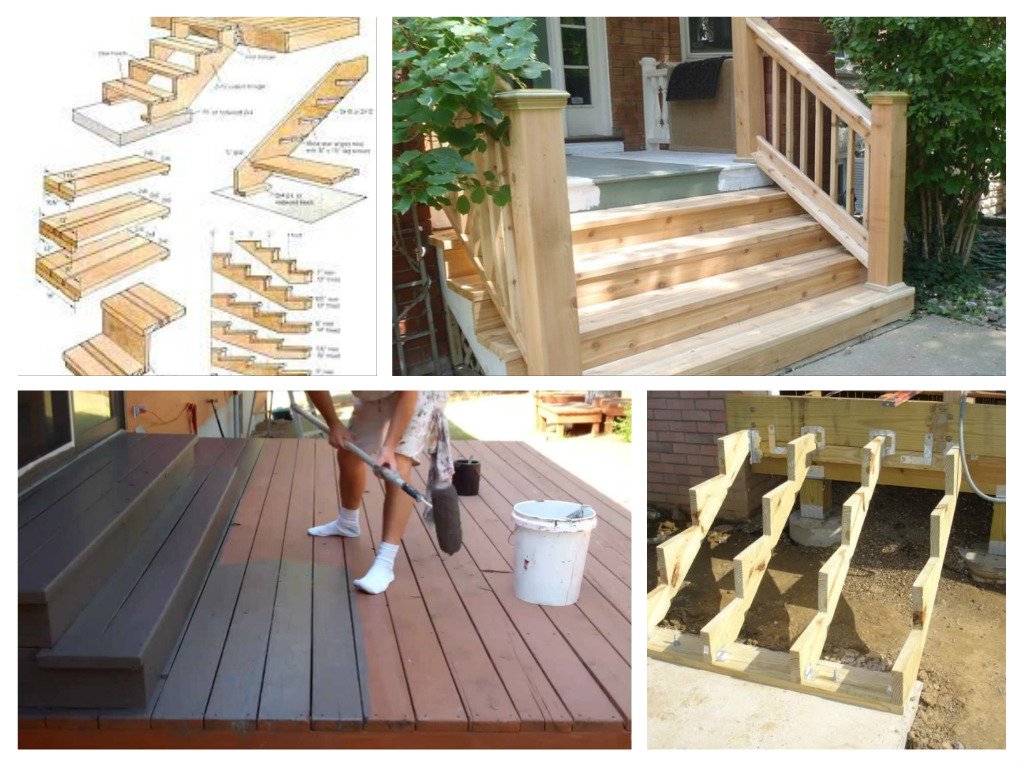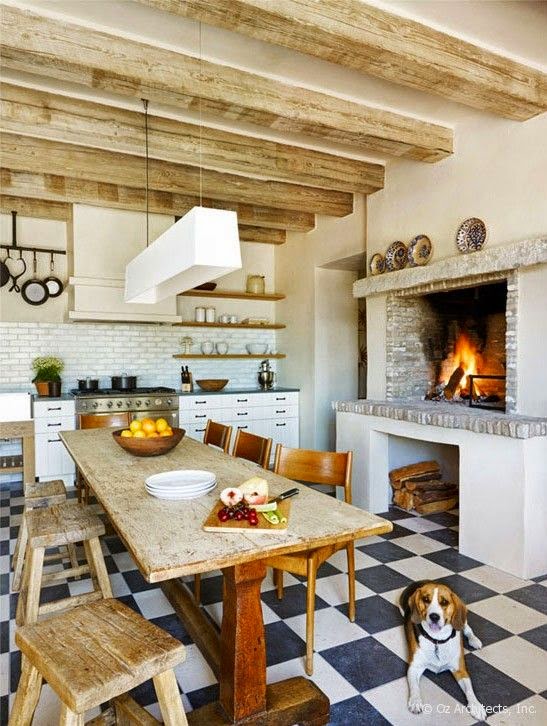Swimming pools are available in a variety of shapes and designs. They can elevate the aesthetics of your home, and the right pool shape and design will help you make the most of your swimming pool. With so many options available, it seems like a difficult decision to make. The shape and design of your swimming pool will be impacted by:
- The size of your backyard
- Your budget
- Lay of the land
- The architectural style of your home
- Safety code requirements
- Exposure to sunlight
- Pool usage
Here are seven of the most popular pool shapes and designs that you can consider for your home:
Oval pools
Oval or round pools are great options for larger backyards. They pair especially well with old Victorian houses. Such pools date back to the backyards of Hollywood’s elite and deviate from standard rectilinear pool shapes. If you hear someone talking about a “backyard oasis,” you can be sure that they’re talking about an oval pool in their backyard. Their size and design also happen to look better and complement the landscape around. Round pools are an alternative to larger oval pools and function well as kiddie pools. These look especially great when surrounded by rock formations, palm trees, and waterfalls.
L shaped pools
L shaped pools can help to divide the pool area into two distinct zones. In such pools, the vertical stem is much smaller and tends to have a lesser width. The section of the pool with greater width can be conveniently used for groups to hang out at. You could use one leg of the L shaped pool to create a tanning ledge or some stairs.
Pool steps in the main leg of your swimming pool can take up unnecessary space and interrupt activities of swimmers. This shape works especially well for those with smaller backyards where there’s not enough room to support a larger pool shape. The two legs of such pools typically differ in their water depths and can be used for carrying out different activities. L shaped pools may be true L shaped pools, or lazy L shaped pools. True L shaped pools resemble the letter L, but lazy L shaped pools are constructed at slight angles, close enough to suggest the letter L.
Figure 8 pools
Such pools, as the name suggests, are shaped in the figure of the number 8. Its ends are round or circular, but in the middle, it takes on a narrow shape. The rounded ends on either side of the pool needn’t be of the same size – 1 can be bigger than the other.
This hourglass-shaped pool presents a serene image of an irregular natural water reserve even though it isn’t. What’s great about a figure 8 pool is that you’ll get to experience the free flow of water. The curved nature of the pool ends causes the water in the pool to circulate rather than refract back. This is in direct contrast to what happens in rectangular pools where water refracts back after striking the walls of the pool.
Freeform pools
Freeform pools stay true to their names. Such pools have no particular shape and stick to curvilinear forms rather than specific geometric forms. Their meandering shape mimics a natural water body. They are easy to customise based on the needs of the homeowner and land space available.
Homes that are located in tropical, natural, or rustic settings are ideal for such pools because these pools can morph into the setting and seem organic. They’re great ways to incorporate asymmetrical pool shapes into an already developed land area. They can be turned into a tropical lagoon, a tranquil waterway, or a secret oasis with the help of the right lighting, landscaping, and hardscaping.
Rectangular pools
Rectangular shaped pools are by far the most common pool shape available. These have straight, clean edges and resemble a long stream of water. They represent the classic pool shape and can add to the magnificence and sophistication of your home’s architecture. A great thing about these pools is that they’re versatile. Whether you want to swim laps, play sports, or just lounge in the pool, rectangular pools make this easy to do.
These can be built to different lengths and widths to accommodate swimmers’ laps and help people get in the necessary exercise for the day. Though simple, these pools are stylish and pair well with the surrounding area, especially for non-traditional homes. You can even give your rectangular pool an edge by incorporating an infinity edge or even a perimeter overflow. This is the pool shape commonly chosen for apartment buildings and skyscrapers because these lack the space to construct pools of other shapes.
Roman or Grecian pools
Roman or Grecian pools are adaptations of the classic rectangular pool. While they begin as traditional rectangular pools, they mirror the features of ancient art to get turned into something very different. Grecian pools form an octagon with cut corners. Roam pools, on the other hand, have rounded ends and stylised corners.
Both Roman and Grecian shaped swimming pools complement different types of homes, particularly those that are shaped in Aegean or Tuscan styles. They can be turned into relics from a different era with the use of colourful glass tiles, or framing using Travertine coping or decking.
Grecian pools are wide and spacious, with 45° tilted corners that curve inwards. This is ideal for larger families and can accommodate more people. With Roman pools, one of the curved outward domes generally has steps leading into the pool. Such a pool shape is ideal for sunbathing when you go swimming because there’s a large stepped platform where you can relax in the water. Single Roman pools have an arch only on one side while double Roman pools have arches on both sides.
Geometric pools
Geometric pools have sharp features and rely on mathematics for their overall aesthetics. They consist of squares, triangles, rectangles, and other shapes that perfectly complement modern properties. There are multiple unique design elements such as vanishing edges, spillways, fountain bubblers, and overflows that make geometrically shaped pools an excellent choice for your home.
Such pools also pair well with austere settings to glam up the splendour of the environment. Such pools can even be completed using splashy hues of plaster or sparkling, vivid glass tiles. The sharp geometric patterns of such pools make it an aesthetically appealing design option of your home. Surrounding geometric pools with more greenery is a great way to make them even more appealing.
The variety of pool shapes explained above work well on different land surfaces and is heavily impacted by the size of your backyard. The right pool shape and design must be determined keeping in mind the look of your house and overall impact you’re trying to create. A design that can help you establish a posh look is different from one that can help you achieve a tranquil look.
What you ultimately end up choosing will depend on the vibe you want to create in your backyard and for your home. You must work with a good designer who can suggest the right choice for your home and let a professional examine the structural requirements for setting up pools of varying shapes. Newcastle Swimming Pools has an incredible brochure that gives you an overview of all the different types of pools, shapes and information you need, check them out today!






